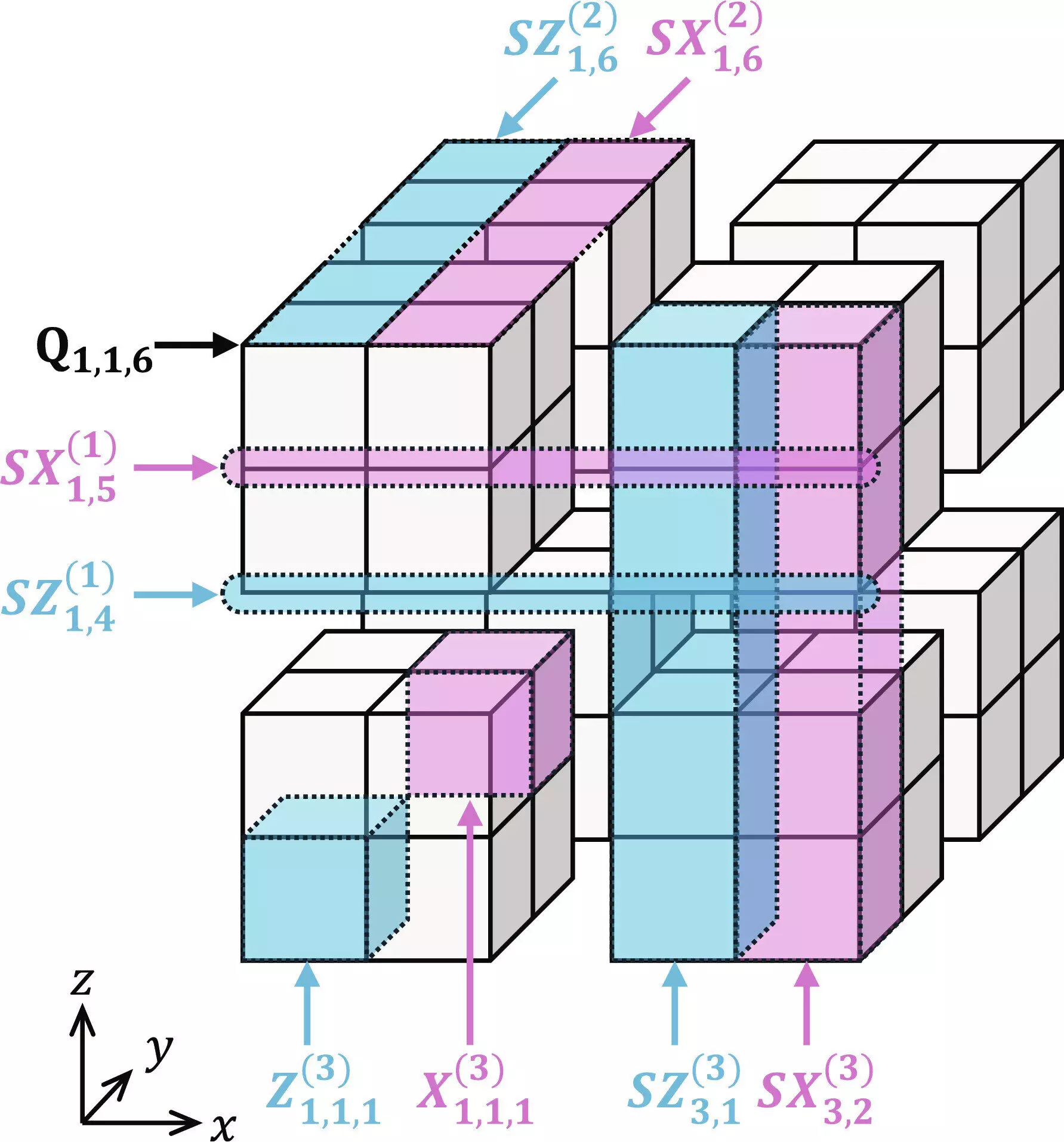Quantum error correction has been a hot topic in the field of quantum computing for several decades. Recently, Hayato Goto from the RIKEN Center for Quantum Computing in Japan proposed a new approach to quantum error correction using what he refers to as “many-hypercube codes.” This innovation has the potential to revolutionize fault-tolerant quantum computing and pave the way for the next stage in the evolution of quantum computers.
Traditionally, quantum error correction has relied on encoding a single logical qubit onto multiple entangled physical qubits. However, this approach has faced challenges in scalability, as the number of physical qubits required increases significantly, leading to substantial resource overheads. To address this issue, high-rate quantum codes like quantum low-density parity-check codes have been explored. While these codes offer higher rates, they suffer from sequential gate setups, making them less time-efficient.
In contrast to conventional methods, Goto’s “many-hypercube codes” present a novel and elegant solution to quantum error correction. The codes, based on high-rate concatenated quantum codes, visualize logical qubits as mathematical hypercubes, introducing a unique geometrical structure. This innovative approach allows for parallel gate operations, akin to classical parallel processing, enhancing overall system efficiency. Goto’s dedicated decoder, employing level-by-level minimum distance decoding, further improves performance, setting a new standard in fault-tolerant quantum computing.
Goto’s many-hypercube codes have achieved an encoding rate of up to 30%, potentially the highest in the world for fault-tolerant quantum computing. Despite this high rate, the performance remains competitive with conventional low-rate codes, showcasing the effectiveness of the new approach. By enabling parallel logical gates and leveraging geometric structures, Goto’s method ushers in a new era of high-performance fault-tolerant computing, a significant step forward in the realm of quantum error correction.
Goto’s work on many-hypercube codes represents a significant advancement in quantum error correction and fault-tolerant quantum computing. By introducing a fresh perspective on encoding logical qubits and leveraging mathematical and geometric principles, Goto has paved the way for more efficient and scalable quantum computing systems. The potential implications of this research are vast, with the promise of building fault-tolerant quantum computers that surpass the capabilities of conventional computing methods. The future of quantum computing looks brighter than ever, thanks to innovative approaches like many-hypercube codes.


Leave a Reply